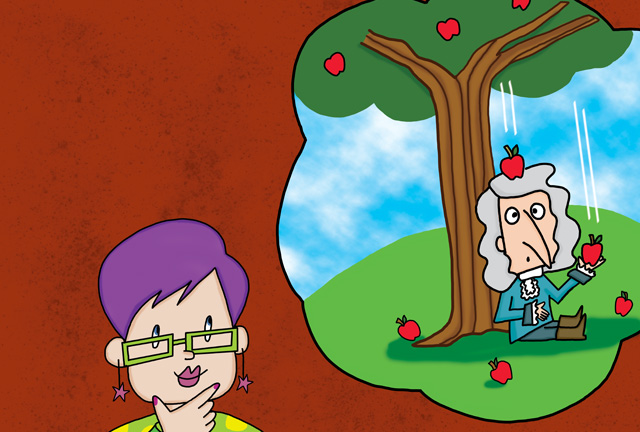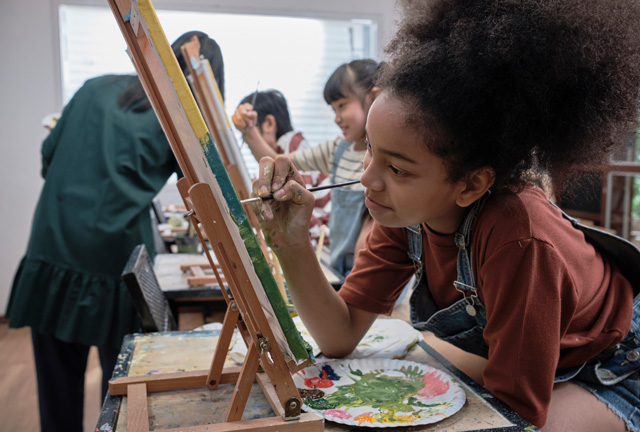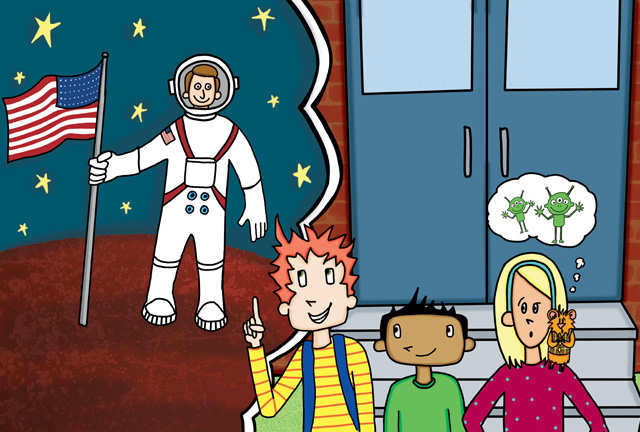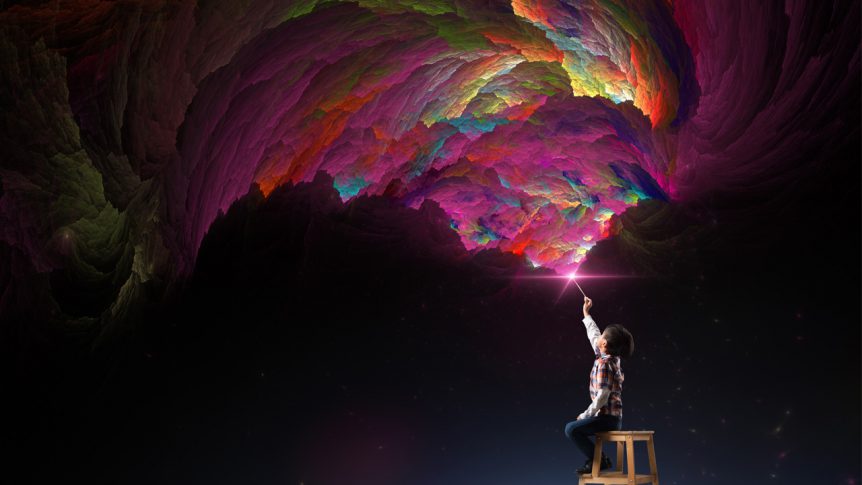Science is about problem-solving. At Fuddlebrook School Mrs. Wigglebum seems to know just when to step in or out to teach the children to be resourceful. What about the rest of us? We can be more creative.
As the legend goes, a young Isaac Newton was sitting beneath an apple tree contemplating the mysterious universe when suddenly an apple hit him on the head at which point he realized that the same force causing the apple to fall, kept the moon falling towards the Earth and the Earth falling towards the Sun. While it maybe didn’t come down just like that, we do get some ideas in a flash of insight.

Consider Arthur Fry, an engineer at 3M. In the winter of 1974, he attended a presentation by another 3M engineer who had developed a paste so weak that it barely held two pieces of paper together. Mr. Fry, nor anyone else, could see a commercial application for it.
However, on a frigid Sunday, the paste would re-enter Mr. Fry’s thoughts. He sang in the church choir and liked to put little scraps of paper in the hymnal to mark the song he was supposed to sing. The paper would often fall out, leaving him frantically trying to find his place.
During a particularly tedious sermon, Mr. Fry had an epiphany that would lead to one of the most widely used office products of all time—the Post-it note.
Of course that’s not the only kind of creativity. Sometimes we just need to keep working. There is nothing fun about this kind of creativity which consists mainly of sweat and failure. Nietzsche refers to this as the “rejecting process.”
So which one do you use? The good news is, your mind knows naturally.

If you’re trying to be more creative, one thing you can do, is increase the amount and diversity of information you are exposed to. Steve Jobs once said that “creativity is just connecting things.” Mr. Jobs was pointing out that even the most far-fetched ideas are usually just new combinations of stuff that already exists.
What are some other creativity hacks?
A 2009 study found subjects solved twice as many insight puzzles surrounded by the color blue. Red, on the other hand, makes people better at solving analytic problems.
Get groggy. According to a 2012 study, people at their least alert time of day performed much better on creative puzzles—sometimes improving by 50%.
People who daydream score higher on various tests of creativity.

Think like a child. When subjects are told to imagine themselves as a seven-year-old, they score significantly higher on tests of divergent thinking.
See the world. According to research, students who have lived abroad were much more likely to solve classic insight puzzles.
Get in a good mood. When people are exposed to a short video of stand-up comedy, they solve 20% more insight puzzles.
The creative process is never easy. Every creative story is different. Creativity is like magic. Creativity is also the same. There was nothing; now there is something.Thank goodness for creativity!

